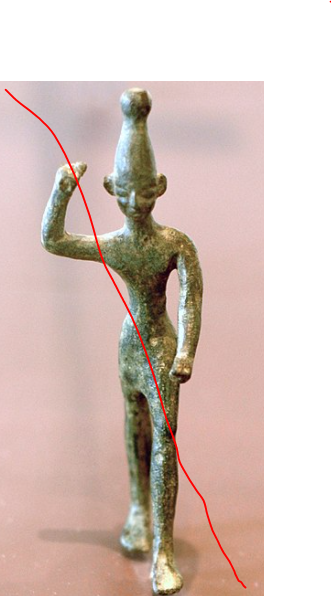“Ahab sent among the Children of Israel and he gathered the prophets to Mount Carmel. Elijah approached all the people (1 Kings 18: 20-21)”

Photo Credit: Gideon Pisanty – Creative Commons Attribution 3.0 Unported
Today we will visit one of Israel’s most beautiful and off the beaten track sites, the Carmel Mountain range. Although the majority of tourists pass alongside the mountain, only a few actually enter. Historically, due to its sloped hillsides and deep caves, the Carmel has been sparsely populated and a great place to hide out from the authorities. It was here that Jewish refuges hid from the Romans (contemporary historian Josephus wrote that the Romans would not enter here).

Photo Credit: Shutterstock
Those making the effort to come here are seldom disappointed. The area boasts some of the best hiking in the country, and its natural beauty and panoramic views are second to none. This is one of the few remaining places where Israel’s natural forest (filled with oaks and laurels) can be seen. In the late 19th/early 20th century, the Turks destroyed most of the forests to build railroads and factories. Most of Israel’s dense forests have been handplanted in the last 70 years!
“Carmel” means the Vineyard of G-d. The majesty of this beautiful Mountain is referenced in the Bible (Song of Songs 7:6). In Isiah 35 when mentioning the end of days, it says the deserts will blossom like the majesty of the Carmel!
Although there are several biblical references to Carmel, one story (arguably the most well-known in the entire Hebrew Bible) stands out. That is the story of Elijah challenging the false prophets of Baal.
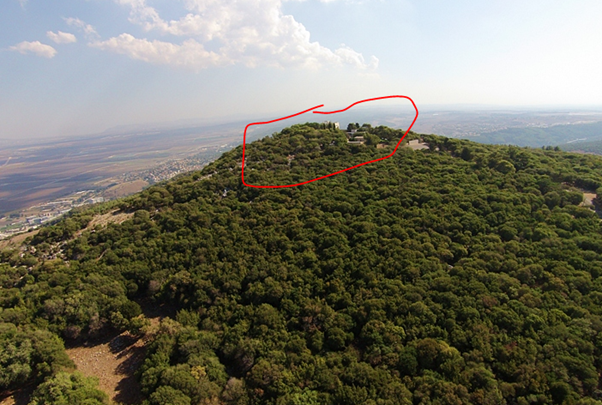
At that time, the land was divided into two Kingdoms, Israel in the North and Judah in the South. The Northern Kingdom of Israel was ruled by the evil King Ahab and his wicked wife Jezebel.
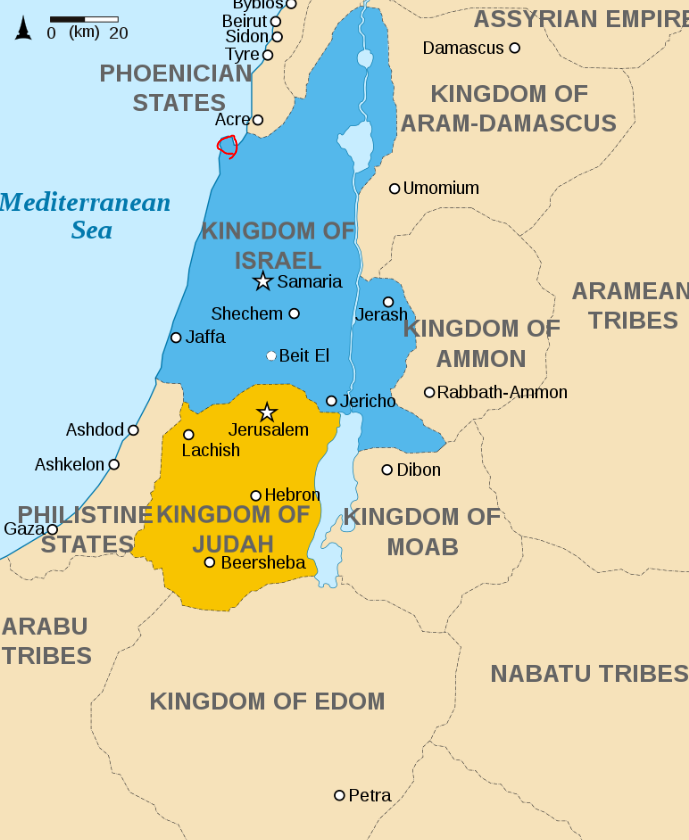
Photo Credit: Oldtidens_Israel_&_Judea.svg: – CC BY-SA 3.0
When Ahab married Jezebel (a non-Jewish Sidonian princess) she brought the Baal, a form of idol worship, to Israel thus influencing the King to join her. At her own expense, hundreds of false prophets were supported, and in order to rid the land of true prophets, she began to slaughter them. The prophet Ovadia, at great risk to his own life, hid 100 prophets, saving them.
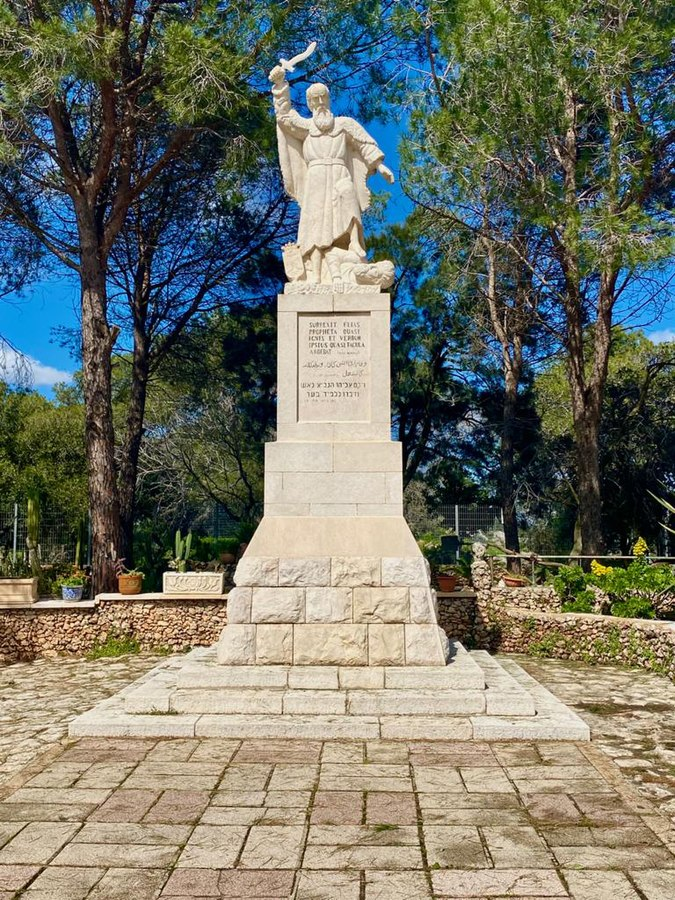
Elijah spoke out against the King’s idol worship. G-d then commanded him to go into hiding in a cave, where Ravens brought him food daily. According to Jewish sources, the ravens brought the food from the King and Queen’s table. After three years had passed, G-d told Elijah to leave the cave and confront Ahab. Upon meeting him, he challenged Ahab to gather together the false 850 prophets to Mount Carmel, to see who was really the true G-d. Ahab was so convinced of the Baal idols superiority, that he invited the Children of Israel to come and watch the test.
Elijah admonished the gathered people saying, “How long will you dance between two opinions? If Hashem is G-d, go after Him and if Baal, go after it. (1 Kings 18:21)”. Historically at that time, opinions were seldom held that it was “all or nothing”. A person could believe in G-d, but the temptation for idol worship was so strong that people would fall into temptation and bow to it, even though they felt intellectually that G-d was in charge. According to Jewish sources, G-d made idols very spiritually appealing, and addictive even, in order to test people and allow them to grow spiritually by resisting them. The ability to resist idol worship took extreme willpower and inner strength. This was especially hard when the King, many influential people, and the society at large were encouraging this behavior, even persecuting those speaking out against it!
Why do people not feel the urge to bow down to weird-looking statutes today? At the beginning of the Second Temple period (after the Babylonian exile) the Jewish sages were concerned that the traumatized nation was no longer at a level where the majority could resist these painful urges, so they prayed to G-d to remove the evil inclination of Idol worship, which He did. However (prophesy, the positive counterbalance to idol worship) was also removed which is why we do not have prophets or the urges to bow down to statues today.
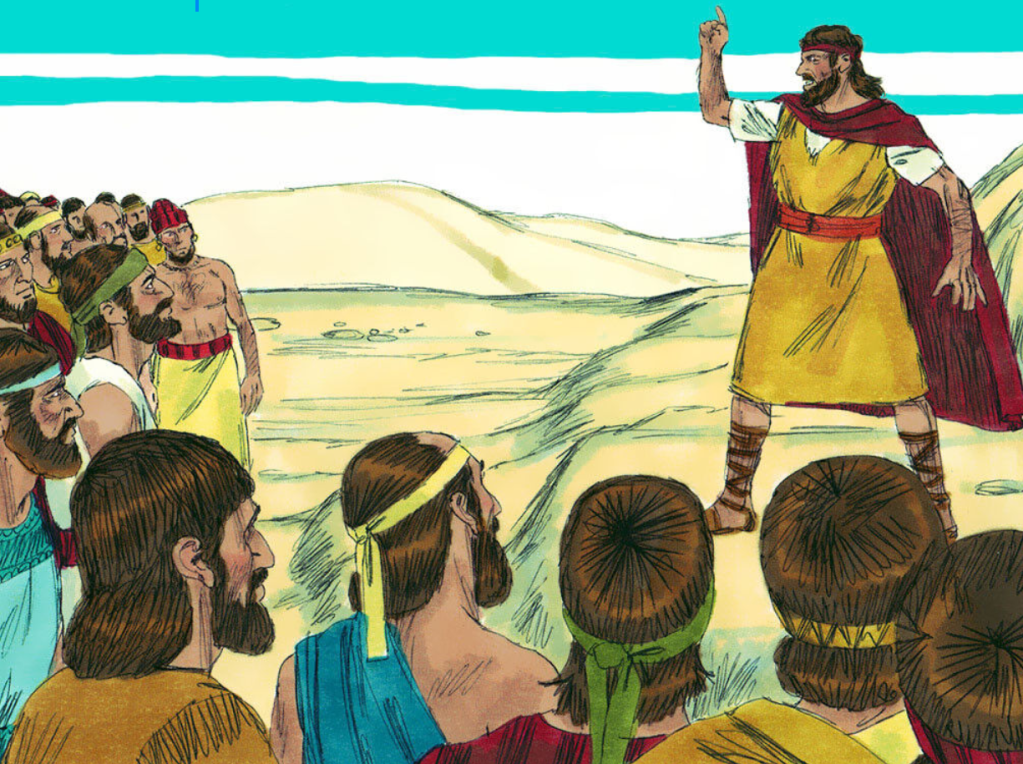
Photo Credit: Sweet Publishing / FreeBibleimages.org – Creative Commons Attribution-Share Alike 3.0
For the test, Elijah said that both the “prophets” and he should each take a bull, cut it up and put it on an altar without applying fire. He allowed them to pick the bull they wanted first, so they would not later blame him for their impending failure. He then told them to call out in the name of their gods while he would call in the name of Hashem. Whoever was successful in getting G-d to consume the sacrifice with fire, would prove to be the true prophet. The onlookers responded that this proposal was good (1 Kings 18: 24). Although the baal prophets knew that they were false, since the challenge was publicly made, they could not back down.
From morning to noon, they called out to their gods but there was no response. They tried yelling loudly, dancing and frantically cutting themselves to let blood, but all to no avail. According to Jewish sources, someone hid under the alter and was going to light it from underneath to make it look like this sacrifice was accepted by fire, but G-d sent a poisonous snake to kill him!
Elijah then asked the assembled to “Draw near” to him. He then built the altar, prayed to G-d to accept his sacrifice, and a heavenly fire came and consumed it. The people then fell on their faces saying “Hashem-He is the G-d, Hashem-He is the G-d” and the entire nation repented.
Elijah said to “Seize the prophets of Baal! Let none of them escape (1 Kings 18: 40). They were brought down to the Kishon Brooke, just underneath the mountain, and slaughtered.
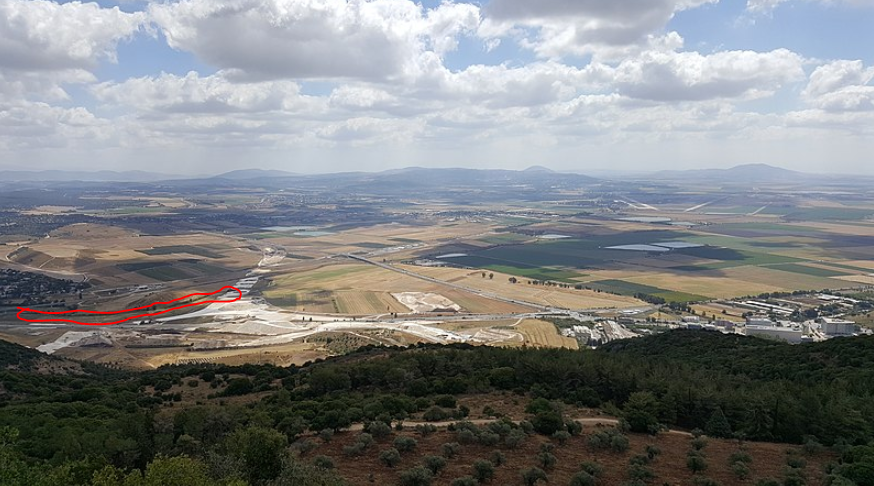
Photo Credit: Ovedc
Currently, there is a small church on the site dedicated to Elijah. Tourists are able to go onto the roof to see (arguably) Israel’s greatest panoramic view!
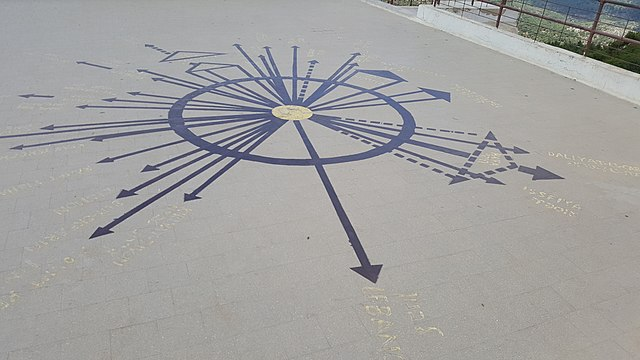
Photo Credit: Ovedc – Creative Commons Attribution-Share Alike 4.0
On a clear day one can see from the roof, Israel’s coast (and sea), Biblical Jezreel Valley, Samarian mountains, the Galilee, and the snowy peaks of Mount Hermon
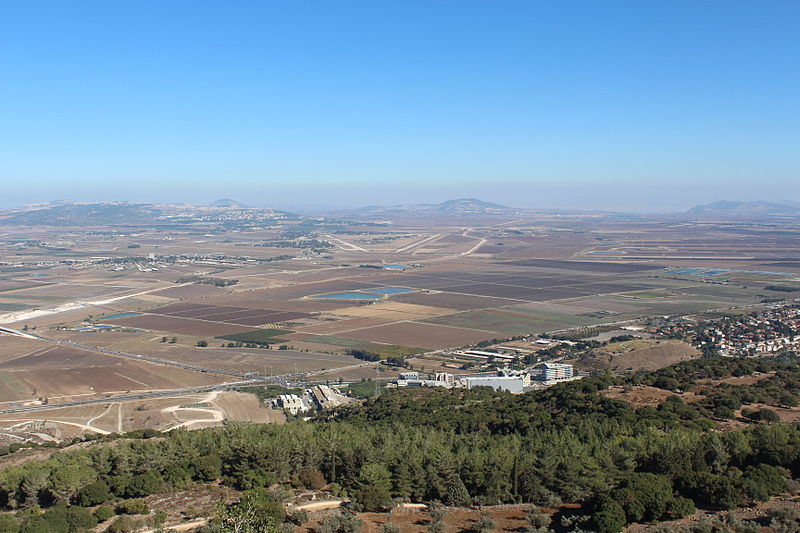
Photo Credit: Deror Avi – Creative Commons Attribution-Share Alike 3.0 Unported
On your next visit to Israel, be sure to make a quick stop here!
Please visit the author’s Israel tour guiding site: https://guidedtoursofisrael.com
Relive the biblical Mount Carmel with Nosson Shulman on your very own private luxury Israel tour. To experience Israel from the comfort of your own home see our new Virtual Tours including our new released Hebron Tour.






![Why You Shouldn’t Be Afraid of G-d – Soul Talk [audio]](https://c622d1ec.delivery.rocketcdn.me/wp-content/uploads/2025/03/light-4681014_640-218x150.jpg)
![Modesty & Matzah – Pull Up a Chair [audio]](https://c622d1ec.delivery.rocketcdn.me/wp-content/uploads/2025/03/matzah-1566456_640-218x150.jpg)







